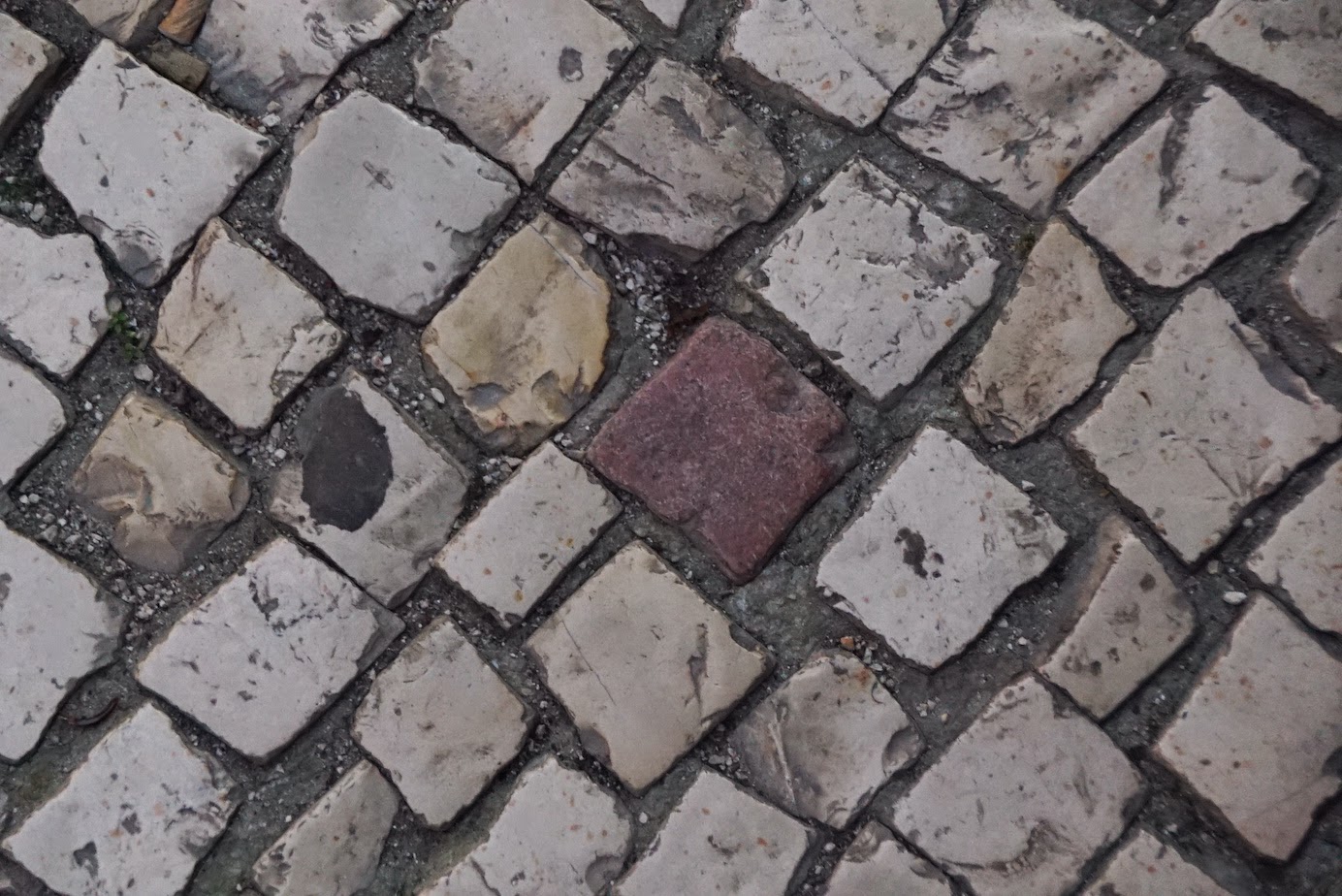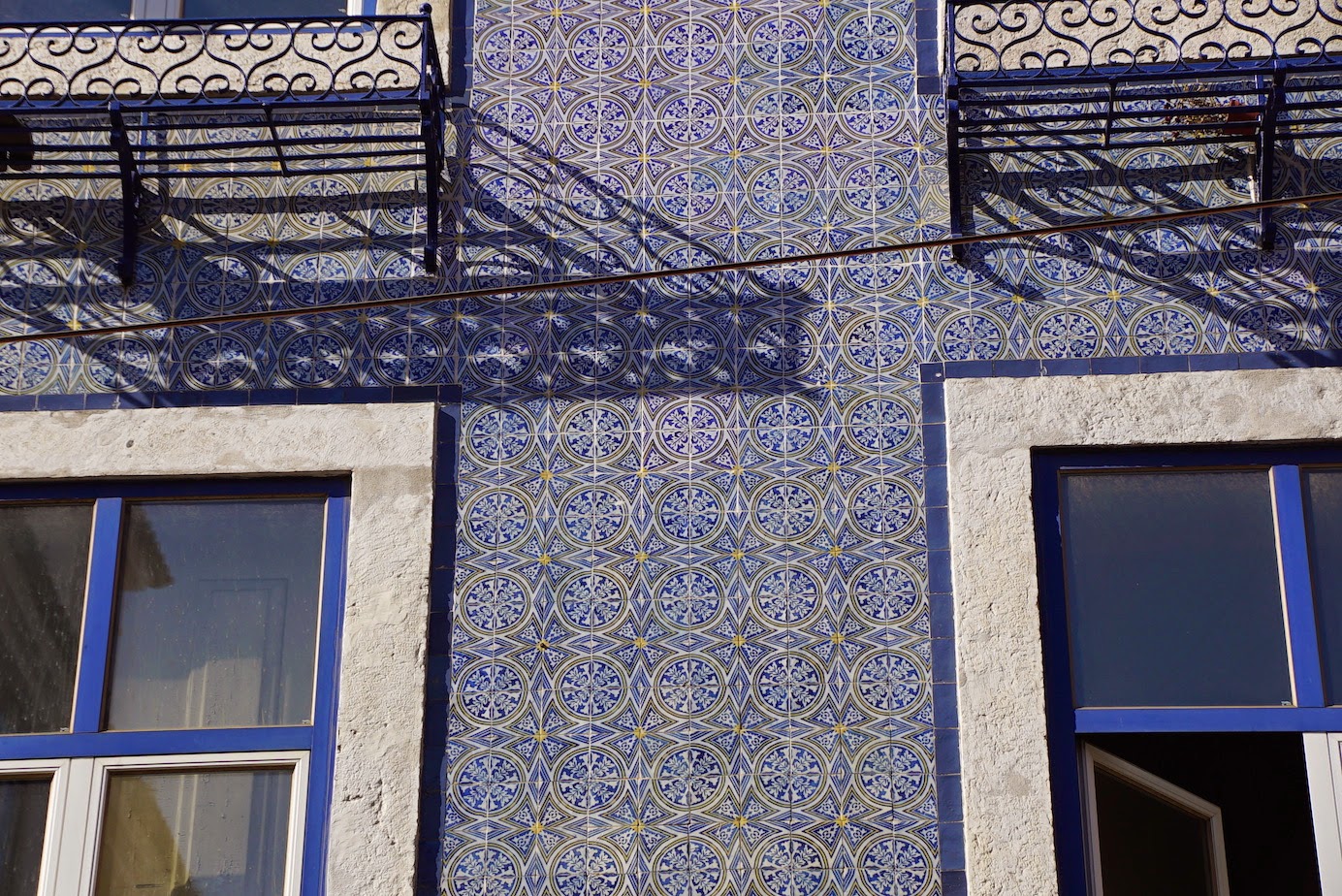I could get very used to the tapas style of eating. It's a pleasure to be able to try lots of different things in flexible size portions. The food was mostly excellent, though for a country which grows lots of veggies, they really don't like to eat them very much. Eating and drinking in tapas joints, you can't help but noticing the decorations that refer to all those things which the area is known for: bullfights and bulls, flamenco, Catholcism, ham, etc. Not a good place for vegetarians, though.
Some pictures:
Monday, 9 March 2015
The End of Europe
No, this is not a think piece about the decline of the idea of "Europe", but rather about Lisbon, which is situated at the southwestern end of the European continent. It seems to share the same relationship to Europe as Victoria does to the rest of Canada; at the end of the road, slightly eccentric and in its own world. Lisbon feels like it is in some kind of time warp at times: stores that look the same as they might have fifty years ago, and there are the famous trams, with their wooden interiors, manufactured in the late thirties and forties. And they are not just for show; they are a vital part of the city's transportation system. And everything is a little bit run down and decaying; even in the center of the city, paint is peeling. The sidewalks are all made with small cobblestones; here and there a few have come loose, but it doesn't seem to bother anyone.
Yet Lisbon is also a cosmopolitan city.
And the hills! Lisbon rivals San Francisco for its hilliness; they even have something called "street elevators" to help you get up the hills.
One thing you also notice here is the extent to which they play up their history of bold navigators and the subsequent colonization. With colonies and trading posts in Brazil, Angola, Goa, Macau and others they have quite a history of trade and exploitation. The fascist dictator Salazar commemorated this history in this classic bit of Stalinist art by the river, built in the 1960's:
Some pictures from a day of walking around:
Tiles are big here:
This bit of Art Nouveau decoration is in fact a peep show:
The Mosteiro dos Jerónimos in Lisbon
We visited the Mosteiro dos Jerónimos in Belem, just outside of Lisbon. It was built in the early sixteenth century to commemorate the voyages of Vasco de Gama (and to spend some of the ensuing profit). The architecture is like nothing I have ever seen before; officially called the Manueline style, I would describe it as Art Nouveau Gothic. It features the bones of Gothic style, but with elaborate and fanciful decorations that bring Art Nouveau to mind. I'm not quite sure how all this elaborate style fit in with the notion of a monastery for monks, but I guess they didn't complain too much.
Pictures:
A ceiling:
The adjacent cathedral
Pictures:
A ceiling:
The adjacent cathedral
Subscribe to:
Comments (Atom)































